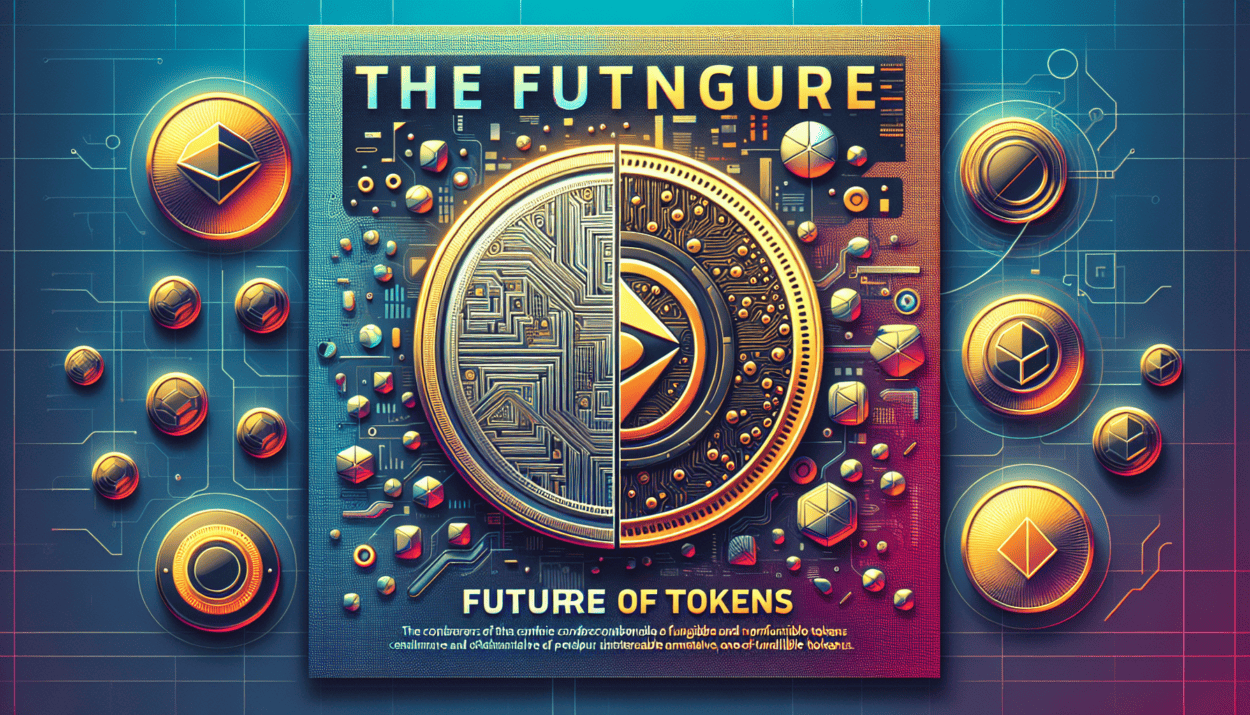The introduction of the ERC-404 token standard has sparked excitement and curiosity among traders and digital art enthusiasts. This experimental standard aims to revolutionize the way NFT collections are traded and managed, but is it a reliable solution?
Understanding ERC-404: Bridging the Gap Between Fungible and Non-Fungible Tokens
The ERC-404 standard merges the features of ERC-20 fungible tokens and ERC-721 non-fungible tokens to address liquidity challenges faced by NFT collections. While ERC-20 governs token issuance and exchange based on predefined rules, ERC-721 tokenizes ownership of data on the Ethereum blockchain.
Traditionally, these standards cater to fungible assets like currencies and unique collectibles, creating barriers to sharing and exchanging specialized digital assets with ease.
What We Know About ERC-404 So Far
Developers have introduced the ERC-404 standard as a protocol to enhance the utility of NFT collections within the defi ecosystem. This innovative standard facilitates transactions involving both ERC-721 and ERC-20 tokens without altering existing parameters.
Projects like Pandora and DeFrogs have embraced the ERC-404 standard to create unique token ecosystems, offering users a blend of fungible and non-fungible assets.
ERC-404 in Action: Examples of Successful Projects
Pandora: The Pandora project introduced the first ERC-404 token, combining an ERC-20 fungible token with an ERC-721 NFT collection. Each PANDORA token is associated with a unique NFT Replicant, creating an element of unpredictability and speculation in trading.
DeFrogs: Inspired by the PEPE crypto project, DeFrogs is a meme coin built on the Ethereum blockchain. Each DeFrog NFT represents token ownership and individuality, attracting attention from the NFT community.
The Popularity of ERC-404 Tokens
ERC-404 tokens have gained significant traction, with metrics like trading volume and market value reflecting their growing popularity. The PANDORA token, for example, saw a 290% increase in value within days of its launch, creating lucrative opportunities for investors.
However, the rise of ERC-404 has also led to challenges, such as increased gas fees on the Ethereum blockchain, highlighting the demand for scalable and efficient solutions.
The Future of ERC-404 Tokens
While ERC-404 has generated excitement and innovation in the crypto community, critics have raised concerns about its practicality and long-term success. The experimental nature of the standard poses challenges that developers and users must address to ensure its viability.
Despite these hurdles, the ERC-404 standard has revolutionized the trading of NFTs, offering a new approach to fractionalization and liquidity. The future of ERC-404 tokens remains uncertain, but their impact on the crypto landscape is undeniable.
For more insights and updates on the latest developments in the cryptocurrency world, continue exploring Global Crypto News.
























